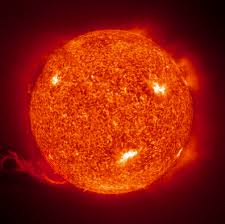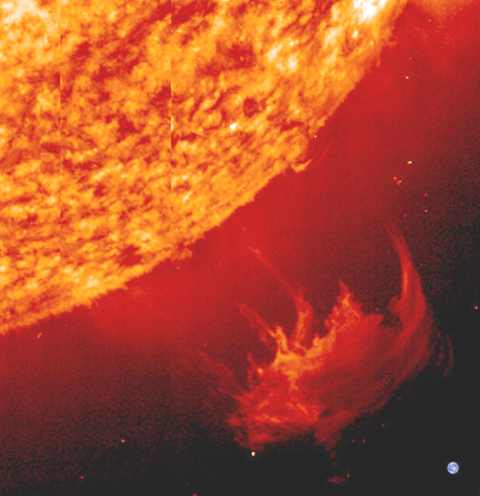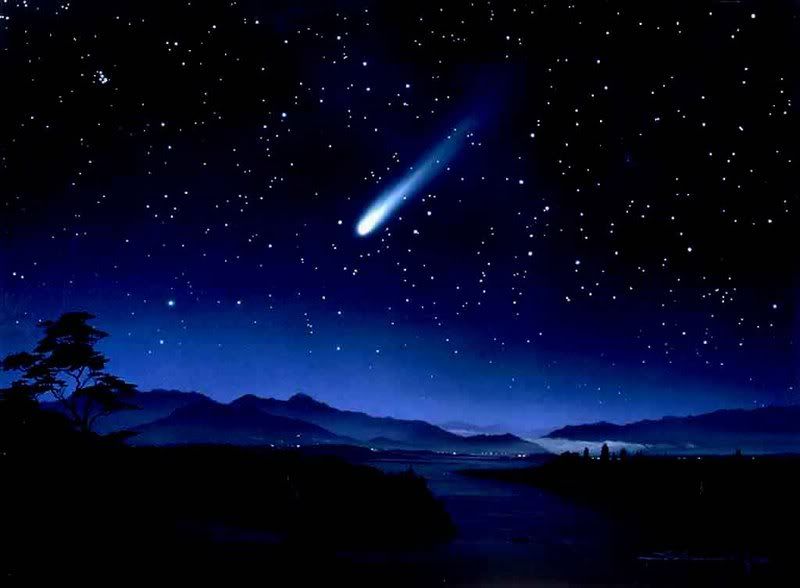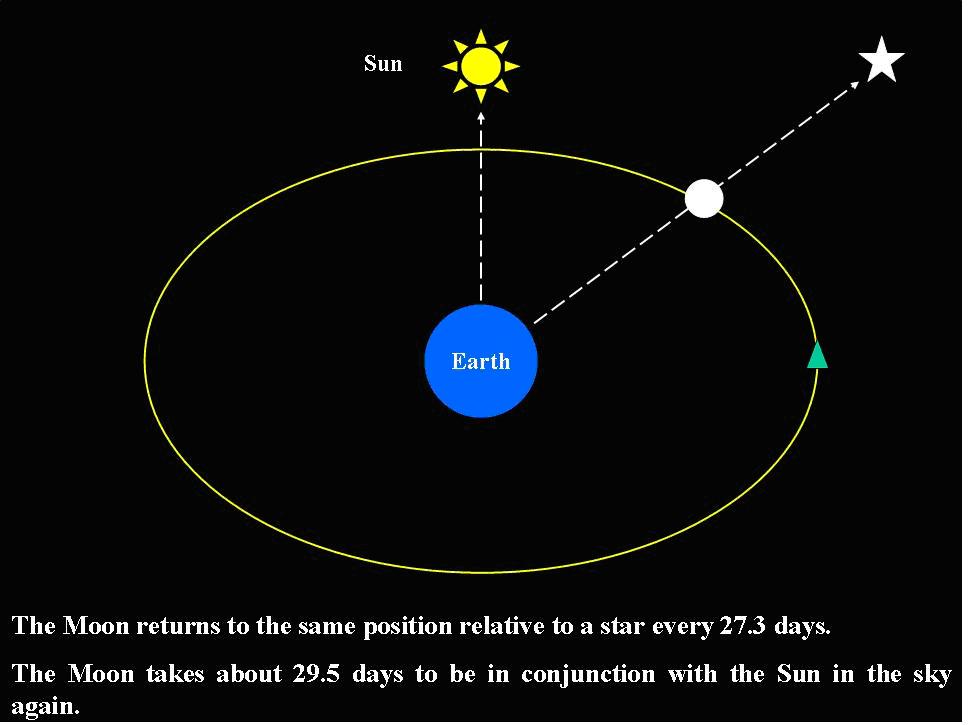Online Math Games
Online Place Value Games are available and effective. See our web site for links to games # 6, 7, and 8.
Sunday, April 19, 2009
Friday, February 20, 2009
Class Website
Class Website
Our new site is found at http://holloway.homeip.net/MHolloway/cyberclass.htm
Please use this direct link and bookmark it at home.
Thursday, February 19, 2009
Reading Chapter 9: Charlotte's Web, novel by E.B. White

Due to reading about Charlotte's legs having seven segments, this diagram points them out quite clearly. (Research the internet for further interesting information.)
Diagram of a spider, with the leg segments colour-coded: coxa=grey, trochanter=red, femur=green, patella=blue, tibia=purple, metatarsus=brown, tarsus=cyan
Wednesday, February 18, 2009
New class website
http://holloway.homeip.net/MHolloway/cyberclass.htm View our website and note that although it is still under construction it does contain pertinent information.
The three spaceships in our class, named Discovery, Starship and Galaxy Hunter contain a group of students; each one responsible for different needs on board their ship. More news to follow.
The five dwarf planets recognized by the IAU are Ceres, Pluto, Haumea, Makemake and Eris
RL
This is a picture of the dwarf planet Haumea and its two moons, Hi'aka and Namaka. On Sept. 17, 2008 it was designated a dwarf planet and given a Polynesian name.

Friday, January 30, 2009
January 30, 2009
In class, we'll be viewing the terrific photos of Literacy Day...sent to us RL's Mom :-). Thanks for being here parents and also, thanks Debbi for sending the photos.
The Solar System trading cards are published and in the students' hands now. Also, if anyone wants to comment on any of our entries, it is quite easy now that it's set for everyone to just click and type. Have a great weekend everyone!
Tuesday, January 27, 2009
From your teacher:
Primary education is a critical stage in children's development. It shapes them for life. As well as giving them the essential tools for learning, it is about them experiencing the joy of discovery, solving problems, being creative, developing their self-confidence as learners and maturing socially and emotionally. I believe in raising standards and equipping all students for success. Combing building on success with making learning fun is my goal.
The students are creating their own Solar System trading cards and continuing with Powerpoint presentations. Feel free to enter the classroom to view these well-above Grade three creations.
We are celebrating Literacy Day today! Parents are invited to come in this morning and read along with students. Just choose a book and read together for the first hour! Let's show our enjoyment of reading.
Friday's measurement lesson involves making macaroni and cheese from scratch. Since this will be a recess snack, students will still require a lunch. (Parents are commended for sending in wholesome and healthy lunches which include vegetables and fruit.)
Sunday, January 25, 2009
Arctic Canada
Mrs.H
Students, I hope you have a moment to check this link about Arctic Canada at home before you attend class tomorrow, Monday, January 26, 2009.

Check to see which three territories The Canadian Arctic covers. We talked about the treeline. Also how does temperature play a part in determining which other areas are within the Arctic?
Also, click on the link Arctic which appears in the top right hand corner of the above website for more images. Peruse (powerful verb for look over and study) the first paragraph and some images for perhaps 5 - 10 minutes. I'm looking forward to seeing you all and to our discussion after we all check this out in the computer lab first thing in the morning. Mrs M. Holloway
Friday, January 23, 2009

RL and JW
Mercury is a rocky planet that has a solid surface and is very hot. Mercury is the closest planet to the Sun and is the smallest in the Solar System. It is only about one-third the size of Earth. The surface temperature of the side of Mercury closest to the Sun reaches 427 degrees Celsius, a temperature hot enough to melt tin. On the side facing away from the Sun, or the night side, the temperature drops to -183 degrees Celsius.
Wednesday, January 21, 2009
January 21, 2009
LM


How heavy is the Sun?
Although we can not actually weigh the Sun with a scale we can compute its weight by studying how it affects other objects like the Earth. We do know that it contains all the mass in our Solar System. Since the Sun is so much more massive than the Earth, over 300 000 times heavier, its gravitational pull is also much larger. A child that weighs 75 pounds on Earth would weigh a ton on the Sun.

Planet Earth
LB

Tuesday, January 20, 2009
Monday, January 19, 2009
January 19, 2009
AT
At the computer lab I viewed lots of planets and the Sun. Did you know the sun is so big it can hold one million Earths? The sun is very hot. At the core it is 15 million degrees Celsius or 27 million degrees Farenheit.

LW
The Sun is a star at the center of our Solar system. Sol means sun. Some bodies that orbit the sun are planets, asteroids, meteoroids, comets and dust. Meteors are just bits of dust or rocks from space that get pulled toward Earth because of gravity.
Thursday, January 15, 2009
January 15, 2009
AW

Did you know that Mars has higher mountains and deeper canyons than any other planet? The largest canyon on Mars would stretch the same distance as from Vancouver, British Columbia to about New Brunswick on the east coast of Canada. It also has the Solar System's biggest volcano.

JN

Wednesday, January 14, 2009
January 14, 2009
We can play games at home on this site: kidsastronomy
LM
The Milky Way galaxy is actually just one of billions of galaxies contained in the Universe.

Our sun is very small in one area of the Milky Way.

Our Novel, The Tale of Despereaux

RB and JJ
This is Despereaux when he was first born. He was born with eyes open and he loved anything that was light. He also loved music and decided it was like honey.
SM
What is a shooting star?
The amazing streaks of light that you sometimes see in the sky are not stars but are caused by tiny pieces of dust and rock called meteoroids falling into the Earth's atmosphere and burning up.

Tuesday, January 13, 2009
January 13, 2009
Novel Time
RB and ML
We're reading a novel in class and we enjoy it so much! In The Tale of Despereaux a mouse meets a princess named Pricess Pea. They love each other. He's braver than all other mice. He has a needle and he pretends it's a sword. Other mice think that he is not a normal mouse and they send him to the dungeon.

Science
RL
Wow, our class is learning a lot about stars, planets, the Earth and its atmosphere. Today we were in the computer lab at Ten-Broeck Elementary getting ready to publish pictures and information on our class blog. I went into the Milky Way on Google and searched for an amazing picture. Did you know the Milky Way is the name of our galaxy? A galaxy is a group of billions of stars.AW
See this site to see the solar system.
The Sun is the center of the solar system. Planets orbit around the Sun.
JW
What are planets?




How big is the Earth?
RH
The Earth is the biggest of all the terrestrial planets. A terrestrial planet is a dense planet found in the inner Solar System.
Monday, January 12, 2009
Why can't I see the Big Dipper during the day?
KB
One day I went to my cousin's party. When I came home, I saw the Big Dipper outside. It was outside. It was above me. The stars sparkled. It was fine and pretty too. Then I went inside for dinner. The next morning when the sun came up I ate my breakfast and went outside. When I looked I couldn't see the Big Dipper. Why can't I see the Big Dipper in the day time?
Stars do glow (send light) during the day but we can't see them because of the glare of sunlight. When the sun is up, the blue color in sunlight gets scattered all over the atmosphere turning the sky the familiar blue colour. This blue light is much brighter than the faint light coming from the stars, so it prevents us from seeing them. If you were standing on the Moon, for instance, where there is no atmosphere, you would see the stars both during the day and night.
January 12, 2009


The Milky Way is our own galaxy. This shows more than 200 billion stars, planets, dust, gas and more objects. Our own sun and solar system are part of this galaxy.


Sunday, January 11, 2009
Planet Earth and its Moon
Students are excitedly asking questions about space. Look at Celestia, a free space simulation that shows the Earth as a three dimensional planet. www.shatters.net/celestia/index.html



Earth's Moon

Events
Some Interesting Information
In History
2. The first closeup photos of the moon were taken by the United States on July 28, 1964.
3. On January 9, 1968 Surveyor 7 space probe soft lands on the Moon.
4. The first lunar landing was made on July 16, 1969 by U.S.A.'s Armstrong, Collins and
Aldrin. (Apollo 11) Neil Armstrong was the first man to set foot on the surface of the moon. He said, "That's one small step for a man; one giant leap for mankind."
Subscribe to:
Posts (Atom)
Followers
Blog Archive
-
▼
2009
(18)
-
►
January
(14)
- January 30, 2009
- From your teacher:Primary education is a critical ...
- Arctic Canada
- RL and JWMercury is a rocky planet that has a soli...
- January 21, 2009
- January 20, 2009
- January 19, 2009
- January 15, 2009
- January 14, 2009
- January 13, 2009
- Why can't I see the Big Dipper during the day?
- January 12, 2009
- January 12, 2009
- Planet Earth and its Moon
-
►
January
(14)
About Me

- MHolloway
- The photo is of my daughter and son-in-law at their Small Paws doggie daycare.


